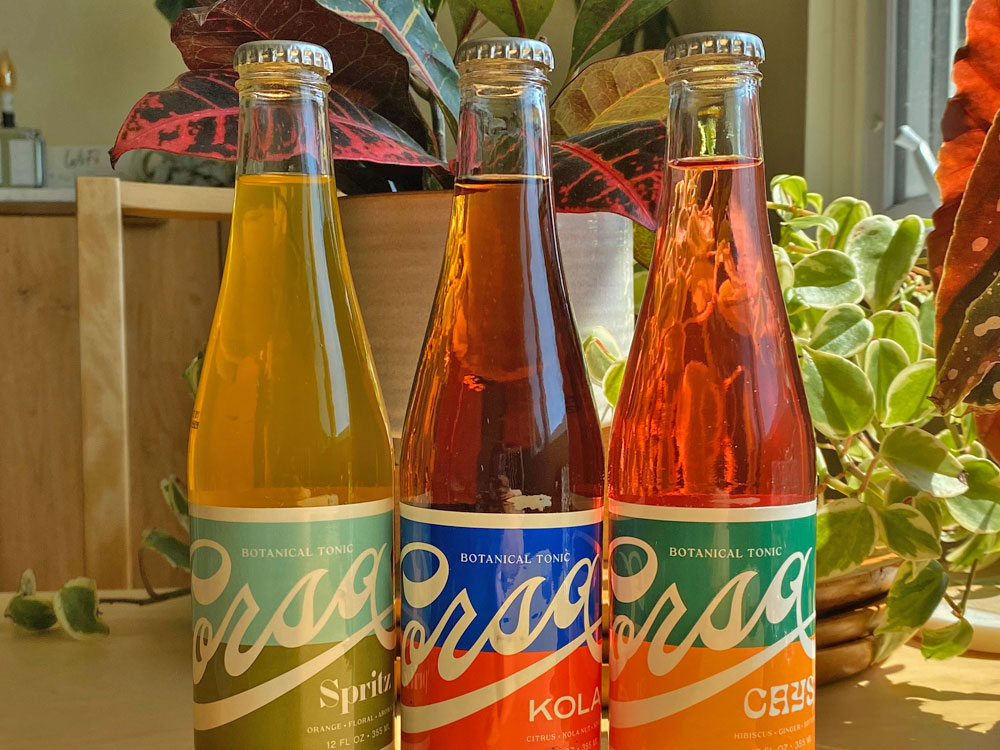4 Ways to Enrich Kids in the AAPI Experience
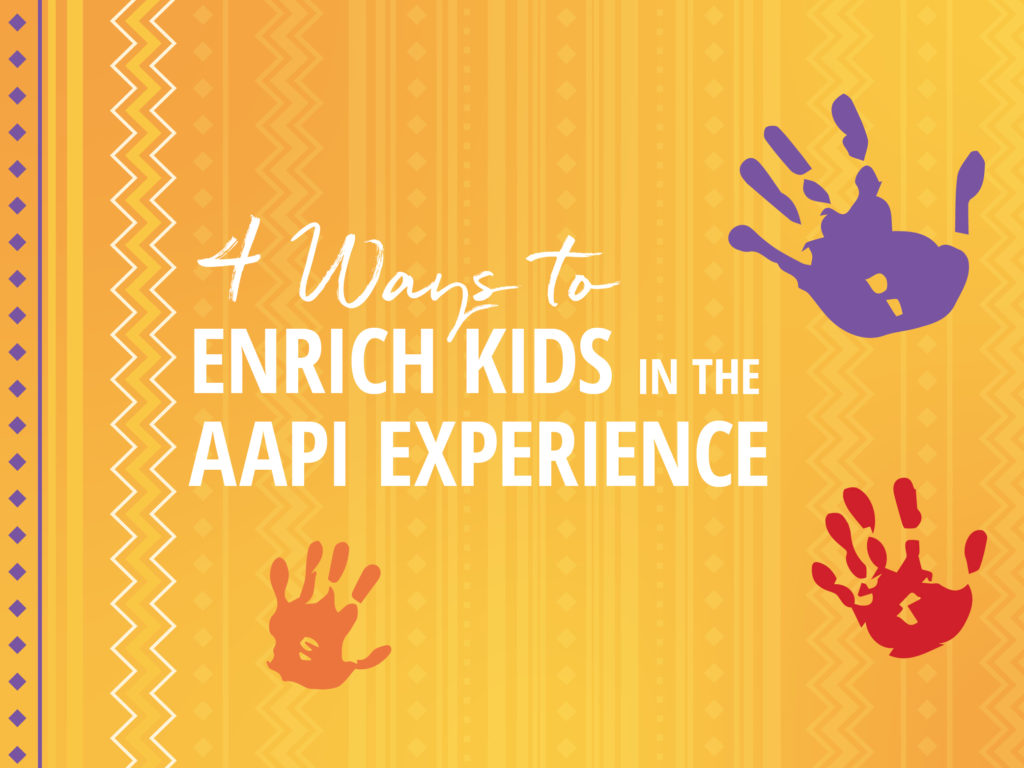
In a newsletter, I shared my commitment to making sure my young toddler grows up with the knowledge, appreciation, and pride for her Filipino history and heritage. In case you’re a parent, teacher, friend, or family member with similar aspirations for the kids in your life, below are 4 ways you can enrich kids in the AAPI experience:
1. Books
Start ‘em young! I grew up with no representation of Asians in the books I had as a young child. As a result, I often felt other. It’s important to make sure my daughter feels like she belongs in this world by seeing herself reflected in the pages she reads. Here’s my current favorite that is in heavy rotation:
Eyes that Kiss in the Corners
Written by Joanna Ho, Illustrated by Dung Ho
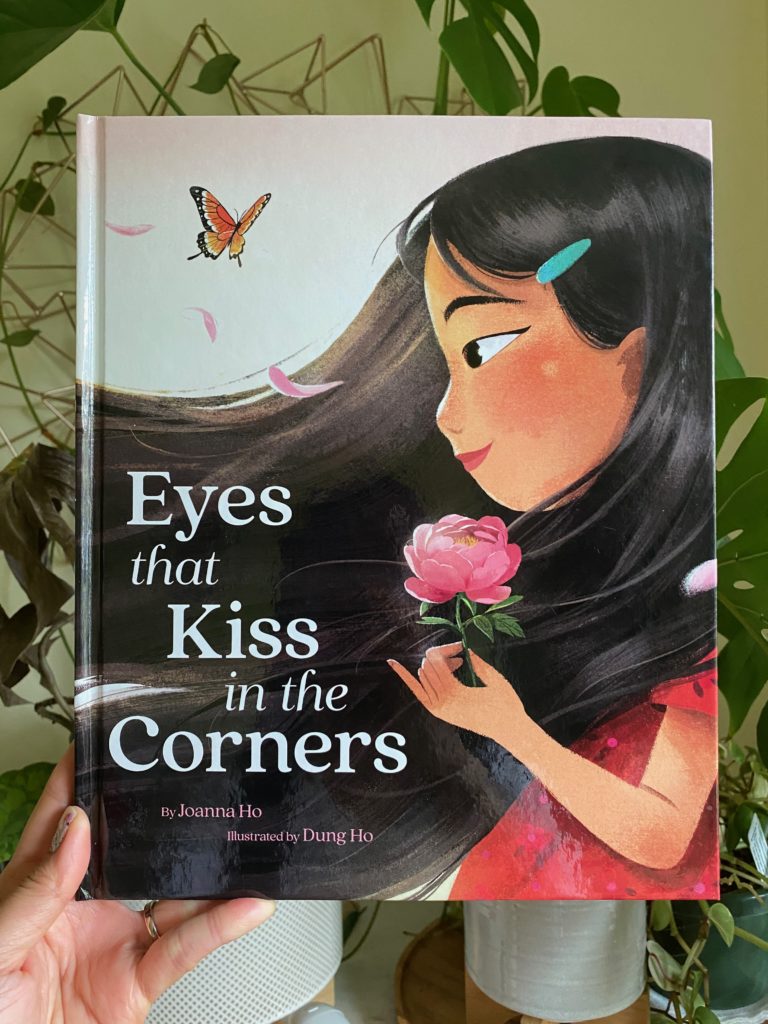
This is a ridiculously well-written book with gorgeous, frame-worthy illustrations. The words are pure poetry, and the watercolor washes that portray the bonds through 3 generations of Chinese women are breathtaking. My baby absolutely loves this book and requests a reading often. The fact that she sees the young protagonist that looks like her gazing back at her from the pages means so much.
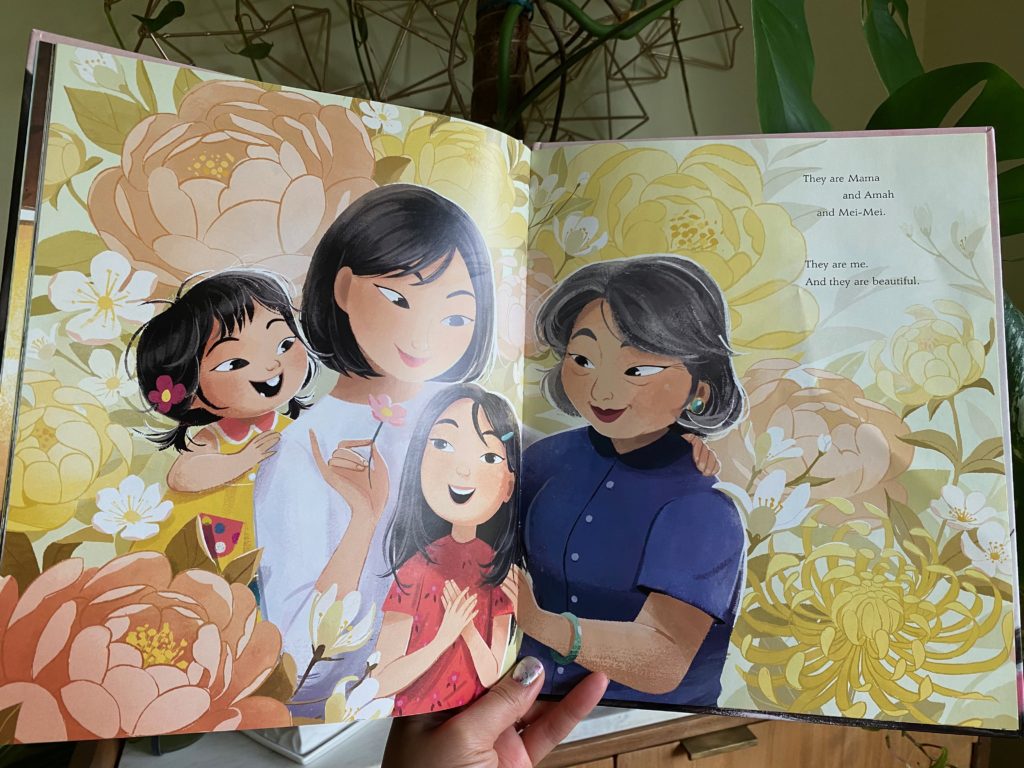
2. Dress
Introduce your kids to traditional dress! Show them photos of people wearing the clothing and explain their meaning. If you can, have them try on traditional dress as well. There is something visceral and powerful about wearing clothing that is rooted in history. It’s almost as if it is a direct conduit to the people of the past; but it also lets kids know that these people, your people, are here and now and a part of the community.
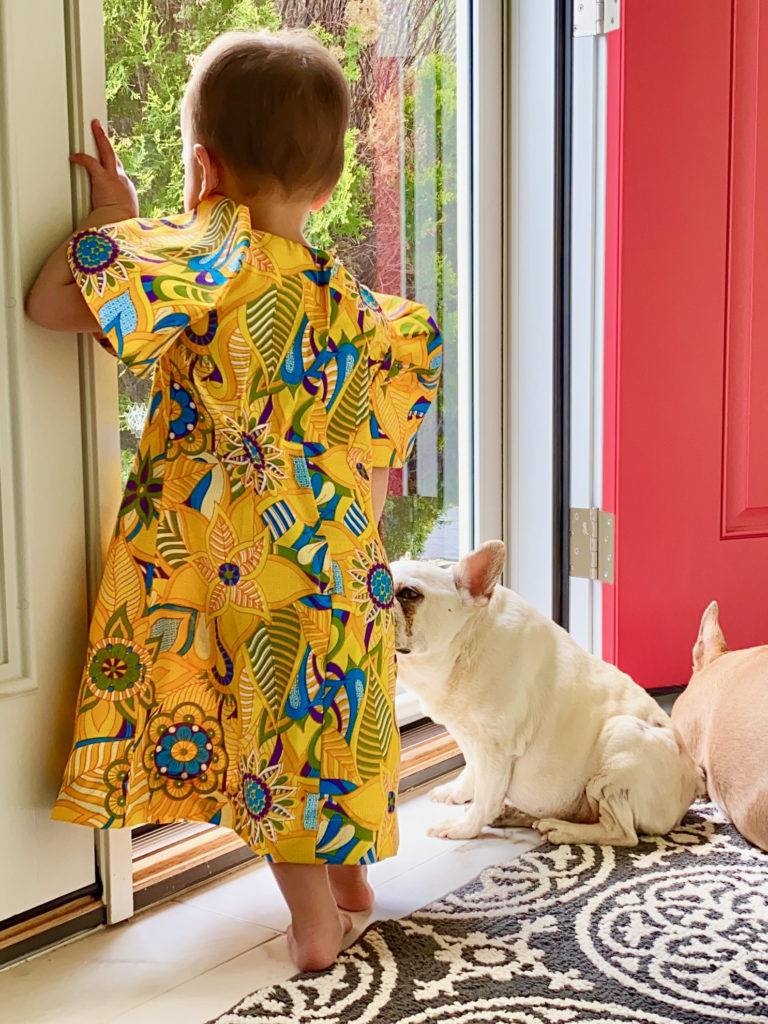
3. Conversation
Another element that weaves the fabric of culture and heritage is language. Speak to your kids in the language of your people. Even a word here and there helps to enrich and broaden their minds. I do regret not growing up fully immersed in Tagalog, the national language of the Philippines. In an effort to have me and my younger brother assimilate, my parents spoke to us in English only, even though they spoke to each other in Tagalog. I do remember some Tagalog, but I certainly cannot say I’m fluent.
I’m starting to teach my daughter the little Tagalog I do know, and I have encouraged my parents to speak to her in Tagalog. Once a long time ago, my dad expressed regret that they made the choice to not teach me and my brother Tagalog. A most regrettable consequence: We were not able to effectively communicate and bond with their parents, our grandparents. But with my daughter, they have a chance at a do-over, I have a chance at learning what I missed, and my daughter can have the chance to connect with her heritage from a young age.
4. Community
The first 3 ways to enrich kids in the AAPI experience are very household centric. With this last way, it’s time to bring those enrichments out into the world: Connect with your community.
A quick search (e.g. “Filipino groups in Chicago”) will bring up a variety of organizations such as community centers and cultural foundations, but you can also start with those you know.
It’s easy to feel isolated, but even just reaching out to a friend can do wonders in feeling more connected. No one has to have all the answers. It’s okay to ask questions. Connecting with your community, even in the seemingly smallest of ways, can help solidify your stance as an active, empathetic, and curious community member.
These are just a start. Feel free to share this post with others!
What do you think? What are some other ways we can enrich kids in the AAPI experience?
